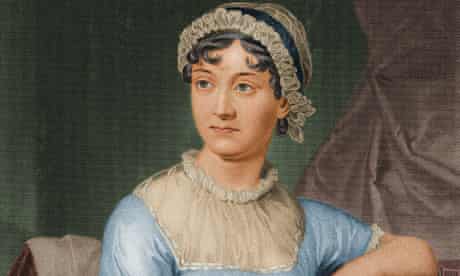Idea
17:08
Researchers found that it is becoming rarer in British fiction
by Will Lloyd

Jane Austen was a master of the semi-colon
The semicolon is a profound public mystery; the only punctuation mark that regularly unites readers and writers in deep-seated repugnance. Time to celebrate then — this week researchers at Lancaster University announced that semicolon use is becoming rarer in British fiction, falling in use by 25% over the last 30 years.
In 2017, author Ben Blatt discovered that semicolon use dropped by about 70% from 1800 to 2000. The ghosts of several authors are now rejoicing. Writers like George Orwell, who called semicolons “an unnecessary stop”. Or Edgar Allan Poe, who preferred the dash. Or Kurt Vonnegut, who famously advised against their use, saying “All they do is show you’ve been to college.” The symbol is facing the same melancholy fate as the dodo, the dinosaur, and the Soviet Union. Extinction.
When the semicolon first appeared in the work of the Renaissance scholar and printer Aldus Pius Manutius, in a book describing a climb to the summit of Mount Etna, it was a hybrid between a comma and a colon. Its function was to prolong a pause, or to create a more unmistakable separation between clauses in a sentence.
Nothing has changed; semicolons are exactly what Manutius invented them to be in 1494. Their decline in fiction, and the suspicion that surrounds their use in everyday communication, tells us a story about the times we live in.
Lancaster’s linguists believe that the end of the semicolon, along with shrinking sentence lengths in novels, is a reflection of a society addicted to social media. The shift, commented Justin Tora of the University of Galway, is part of a “more realistic way” of writing for the modern age.
They may be right. The semicolon is an element of language that communicates stops, pauses, reflections, and cigarette breaks within a sentence. It connects loose ends with disparate ideas; the semicolon lets you have it both ways. Today having it both ways is considered little more than hypocrisy, not an exercise in artistry. The digital world churns; Twitter is not an arena known for reflection. Semicolons, then, are snottily elitist and shadily indirect.
Like many fading species, the semicolon has been usurped by a more violent, adaptable rival. “We live,” says Cecelia Watson author of Semicolon, “in the Era of the Dash.” It’s an accurate observation. The dash is brutal, unsympathetic, slashing, and impossible to be confused about — it takes you, frictionlessly, to the point. The dash invites no ambiguity and wastes no time. The punctuational equivalent of tearing a heart from a chest.
To read back those writers who put the semicolon to best use, like Jane Austen, or Virginia Woolf, is to enter a world where time is abundant. The OED describes the semicolon as “indicating a pause… more pronounced than that indicated by a comma.” The pronounced pause is where the real beauty of a semicolon lies. You can feel it in one of Woolf’s greatest sentences, as she describes Clarissa Dalloway hearing Big Ben: “First a warning, musical; then the hour, irrevocable.”
Put a dash where the semicolon is there and a whole moment in time and feeling would evaporate. The loss of such moments is what the end of the semicolon signals.
from Hacker News https://ift.tt/3xue2iU
No comments:
Post a Comment
Note: Only a member of this blog may post a comment.